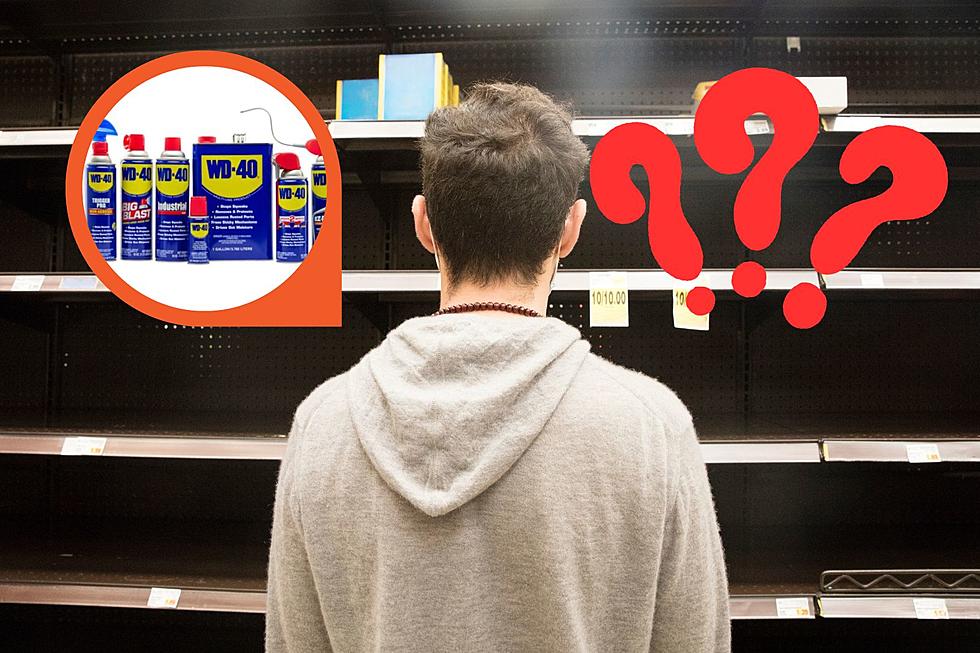
Why is WD-40 Flying Off the Shelves All over Montana?
I have been doing a lot of maintenance around the house as we prepare for Winter here in Montana. Just getting things "buttoned up" before we go into the long dark months of the year. While tackling my multiple projects, I noticed I was out of WD-40. So I took a trip to a nearby auto parts store and discovered they were all out of the famous lubricant. So I went to the local hardware store. Not a single yellow and blue can on the shelf. I asked the guy at check out what was with the WD-40 shortage. He was just as confused as I was. So, I did what I do best, and procrastinated on finishing my projects. I did a little research instead.
Here is what I found!
It appears that experienced pumpkin carvers have been keeping a secret from us for a long time. It turns out that WD-40 is a great tool for keeping your finely carved gourds fresh and shiny for days or even weeks.
According to the official WD-40 website
After you’re done carving, spray your pumpkin with a light coating of WD-40® Multi-Use Product. Not only does it grant extra shine, but the coating will help the pumpkin last a bit longer and delay the onset of decay. Be sure not to spray near a lit candle and wipe away any excess liquid with a cloth or rag.
The "WD" in WD-40 stands for "water displacement." According to the WD-40 website, the product was created in a lab in San Diego. It took the people behind the product 40 tries to perfect the chemical compounds. When they nailed it on the 40th try, they simply called the new lubricant WD-40.
If you find yourself searching for WD-40, and not finding any, you can always use petroleum jelly or even vinegar to get similar results on your Halloween jack-o-lanterns.
KEEP LOOKING: See what 50 company logos looked like then and now
LOOK: See how much gasoline cost the year you started driving
Gallery Credit: Sophia Crisafulli




